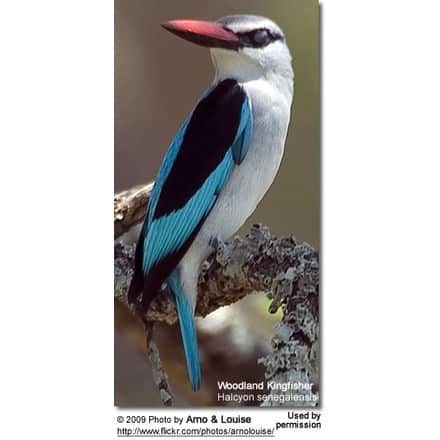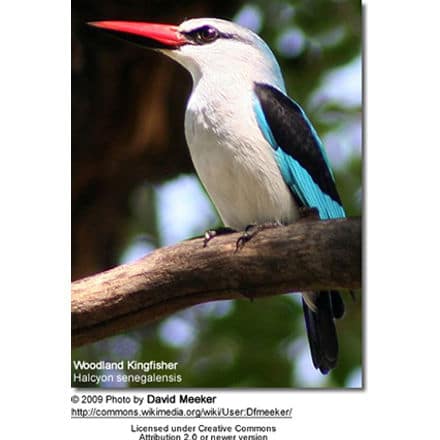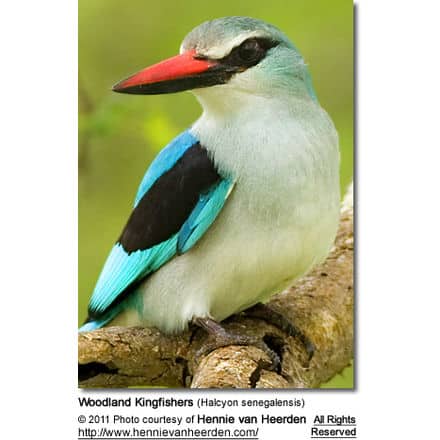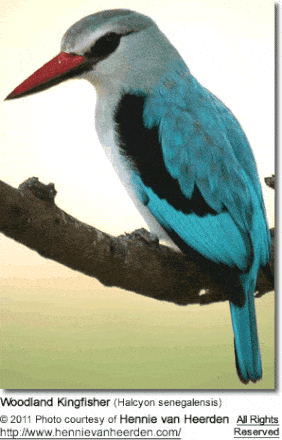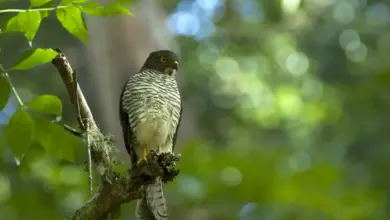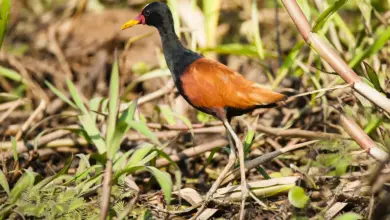Woodland Kingfishers (Halcyon senegalensis)
The Woodland Kingfishers (Halcyon senegalensis) belongs to the tree kingfisher family.
Distribution
The Woodland Kingfisher is widely distributed in tropical Africa south of the Sahara and from Pretoria northwards.
This kingfisher is essentially resident within 8° of the equator, but northern and southern populations are migratory, moving into the equatorial zone in the dry season.
It is a common species of a variety of wooded habitats with some trees, especially Acacias, including around human habitation. Although it is a “kingfisher”, it prefers drier habitats in more traditional woodland and can be far from water. It is often solitary but can occur in small groups.
Woodland Kingfishers mostly migrate at night.
Description
This is a medium-sized kingfisher, 20 – 24 cm in length and weight between 54 – 81g.
The adult has a bright blue back, wing panel and tail. Its head, neck and underparts are white, and its shoulders are black.The large bill has a red upper mandible and black lower mandible. The legs are bright red. Some birds may have greyish heads, causing confusion with Mangrove Kingfisher.
However, the lores are dark, creating a dark stripe through the eye (the stripe does not extend through the eye in Mangrove Kingfisher), and the underwing, primaries and secondaries (shorter, upper “arm” feathers) are black with white underwing coverts (there is a black carpal patch on the white coverts in Manrgove Kingfisher). The inner webs of the base of the flight feathers are white, creating an indistinct white wingbar (white completely absent from wings in Mangrove Kingfisher). The breast is white (tends to be much greyer in Mangrove Kingfisher).
The sexes look alike. Juveniles are duller than adults; they are narrowly barred on the sides of the underparts; and they have a dusky-brown bill.
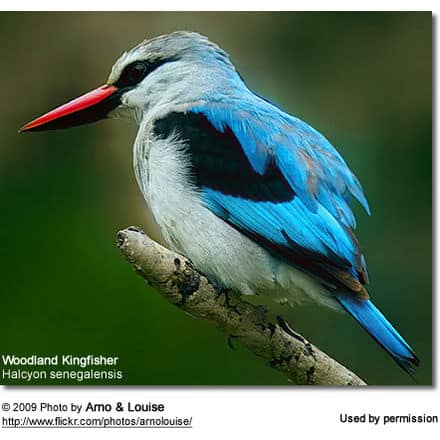
Behavior
The flight of the Woodland Kingfisher is rapid and direct.
The Woodland Kingfishers are aggressively territorial, attacking intruders – including humans.
Call / Vocalization
The call of this noisy kingfisher is a loud trill.
Diet / Feeding
It hunts from an exposed perch, often on a dead branch of a tree, or perches quietly in semi-shade while seeking food.
The prey is mainly a wide variety of large insects, but also other arthropods, snakes, fish and frogs.
Fish, crabs and birds are rarely taken.
Unlike most kingfishers, Woodland Kingfishers rarely dive for fish.
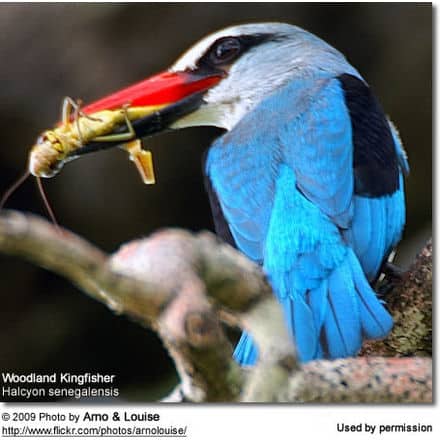
Breeding / Nesting
Woodland Kingfishers migrate to Southern Africa from October to April to breed.
They breed from November to March in the Transvaal and November to January in Mozambique and Zimbabwe.
During the breeding season, they are are highly vocal and very striking display while calling with outspread wings to show the white linings.
The nest is a tree hole excavated by a woodpecker or barbet. They may also nest under the eaves of a house or in the old nest of Little Swifts. The average clutch consists of 2-4 glossy white eggs. These eggs are incubated for 13 – 14 days. Both parents raise the chicks jointly. The young fledge when they are 15 – 22 days old.
Ref.. Uses material from Wikipedia.org … Additional information and photos added by Avianweb.
Other Web Resources:
